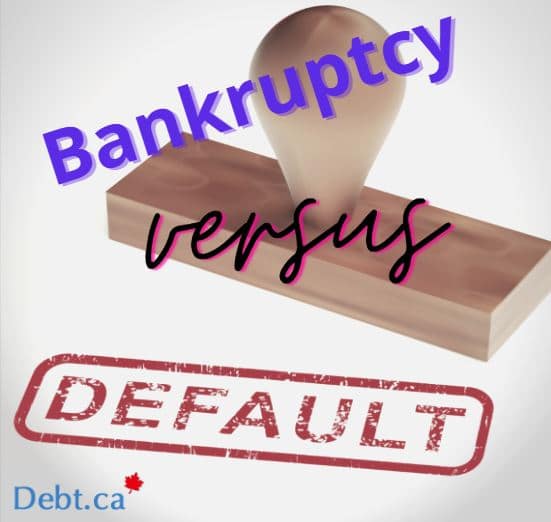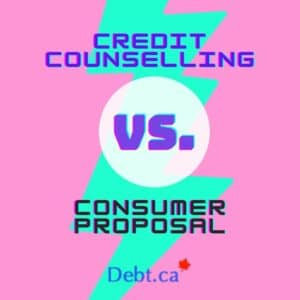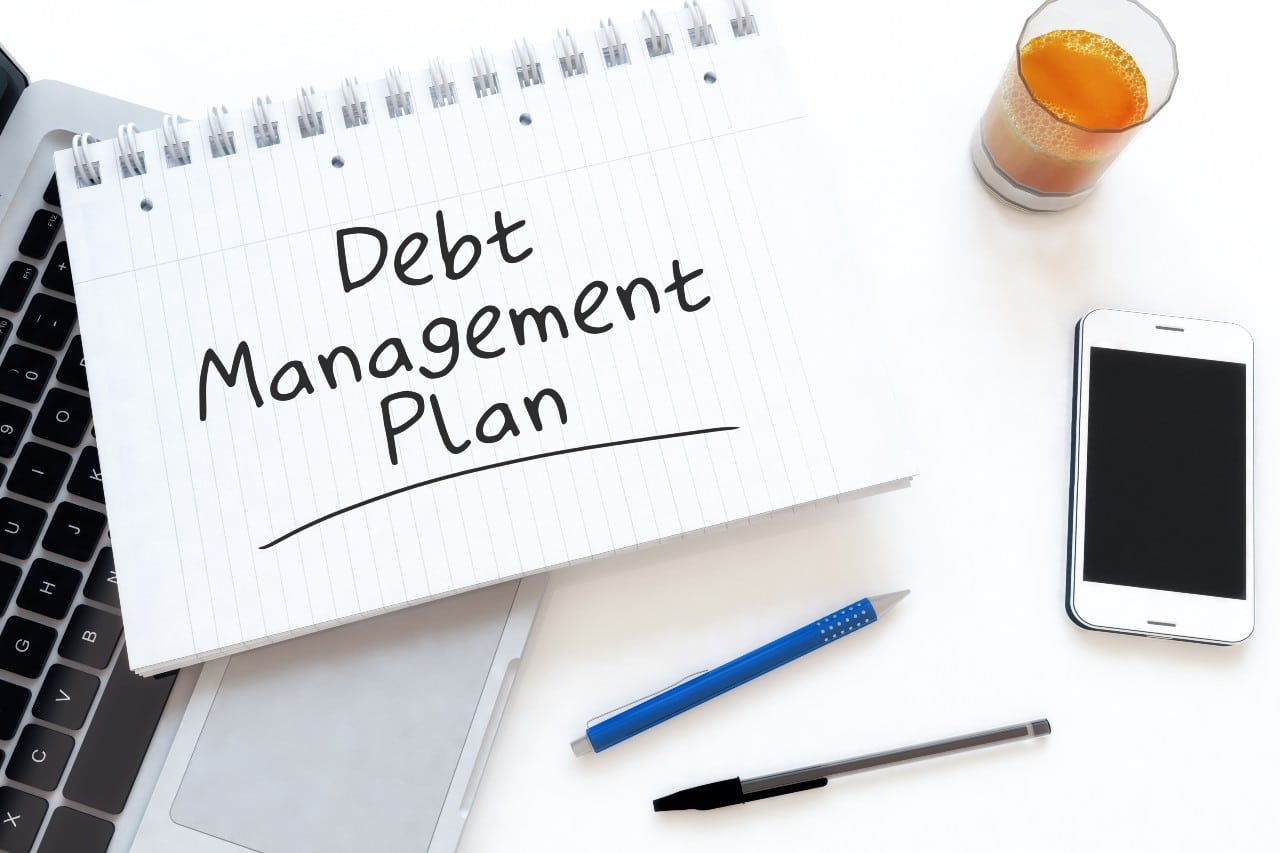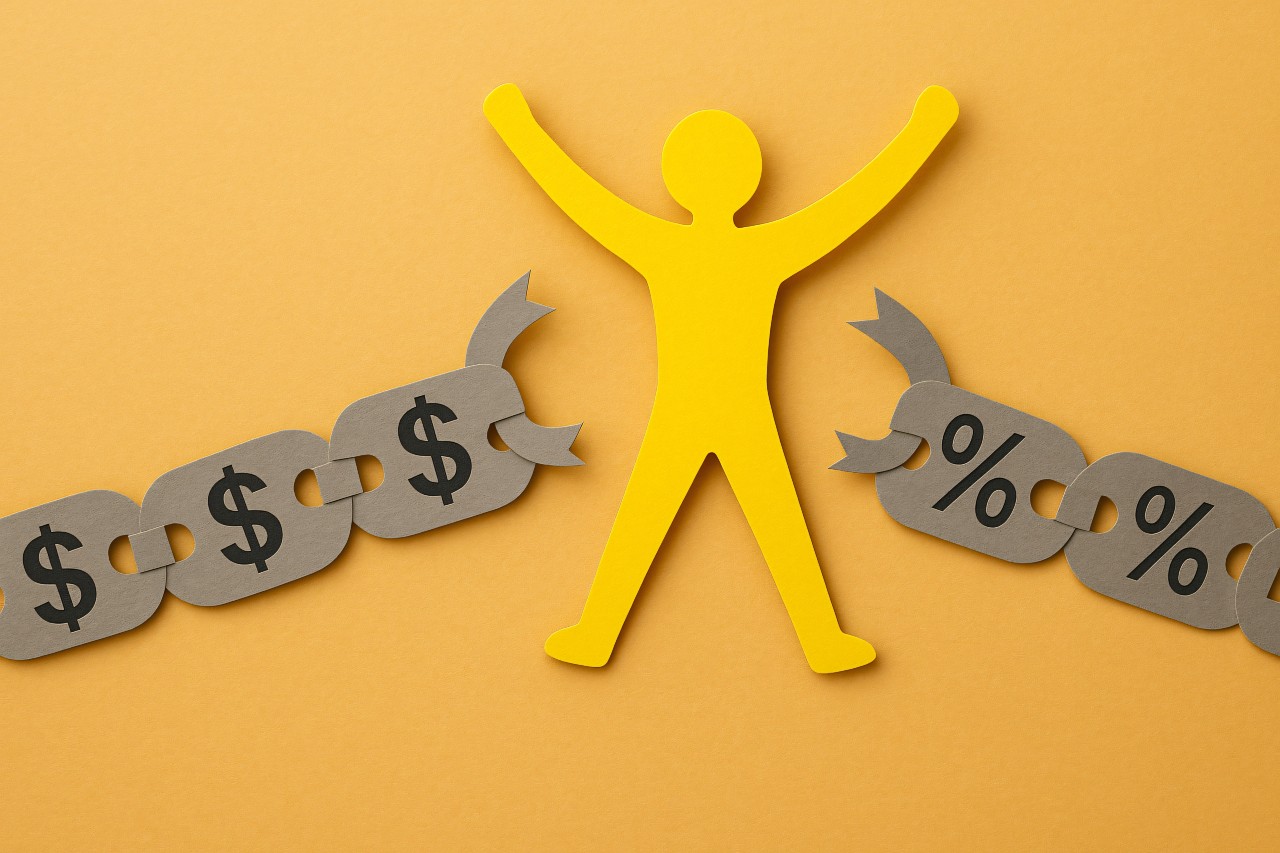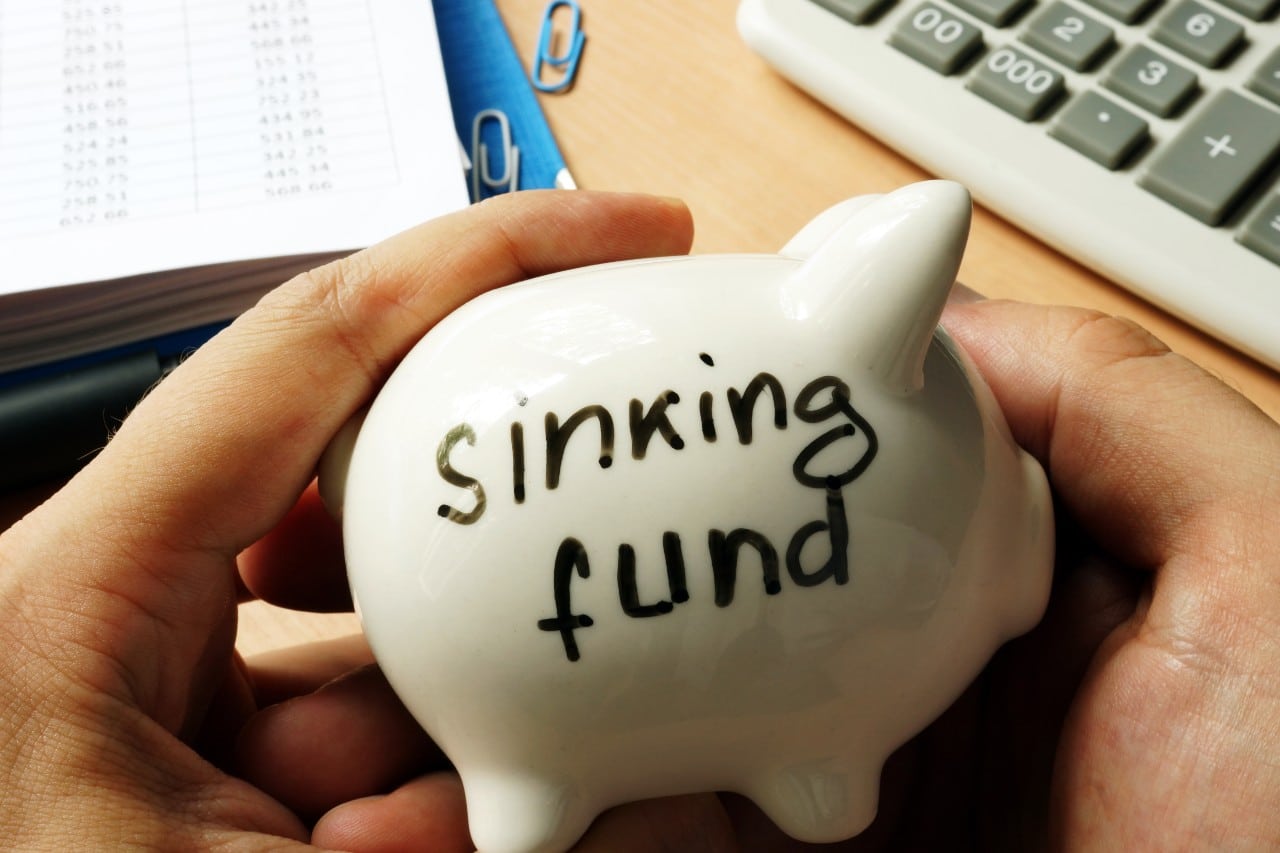Have you ever pit debt settlement vs. bankruptcy vs. consumer proposal? Getting to know each one intimately probably never crossed your mind. However, it’s an unfortunate reality that Canadians are carrying more consumer debt than ever before. And while most can manage their payments every month, many are struggling mightily to make ends meet. Sometimes, financial hardship is self-inflicted, the result of overspending, or poor money management. However, it can also be the result of circumstances that arise beyond our control.
Thankfully, there are many ways that borrowers can find debt relief when they are facing extreme financial hardship. In this article, we’ll place debt settlement vs. bankruptcy vs. consumer proposal to see what’s what. Let’s take a closer look at all three, including the differences between each one, their benefits and drawbacks, and the costs involved.
Debt Settlement vs. Bankruptcy vs. Consumer Proposal – The Breakdown
Debt Settlement
Debt settlement is an arrangement where a debt settlement company makes an offer to your creditors either for a one-time, lump-sum payment or smaller payments over time for less than what you owe. The lump-sum payment offered can be anywhere between 20% and 80% of the full amount owing, although it’s usually closer to the latter of the two. Your creditors must agree to the terms, though. Only unsecured debts, such as credit cards and consumer loans or lines of credit, can be included in a debt settlement.
Benefits of Debt Settlement
If you can come up with a lump sum of money and reach a successful agreement with your creditors, the main benefit to a debt settlement is being able to settle your debts without having to pay the full amount owing. It’s a way to get out from under high-interest rates and steep monthly payments, giving you a chance to build savings and restore your financial health. Another benefit to debt settlement is not having to pay any fees to the credit counsellor until they have successfully negotiated a settlement. And because credit counsellors are very experienced in making these types of arrangements, they tend to have a high success rate if your application reaches the negotiation stage.
Debt Settlement Drawbacks
While debt settlement may work for a few, it’s not the right solution for most people. That’s because you have to have the money upfront to settle, and most people who are struggling to manage their monthly payments simply aren’t going to have the funds available. In that case, the debt settlement company may advise you to stop paying your creditors while you accumulate funds over some time, to come up with the required funds. Therein lies the risk. If you stop making payments, your credit score m and your creditors may decide to take legal action before you’ve even had a chance to negotiate a settlement. And, there are no guarantees until that happens.
Summary: Debt Settlement
- What is it? A one-time, lump-sum settlement of 20%-80% of your unsecured debt owing, negotiated by a 3rd party.
- Debts included: Unsecured debts only i.e., credit cards, consumer loans and lines of credit
- How much does it cost? On average, 15% – 25% of the negotiated settlement amount.
- Who is it for? Borrowers with unsecured debt, who have the lump sum available for settlement, upfront.
Consumer Proposal
A consumer proposal is a legal settlement between you and your creditors, of which must a Licensed Solvency Trustee must negotiate. While there is a settlement involved, it’s very different from a debt settlement. With a consumer proposal, your creditors cannot pursue legal action once you reach an agreement with them. Instead of agreeing to a one-time lump sum payment, the borrower agrees to make an affordable monthly payment over a fixed period, up to a maximum of 5 years, at which point the proposal is fully satisfied. A consumer proposal includes unsecured debt up to $250,000 and protects valuable assets, such as your home.
Benefits of Consumer Proposal
In most cases, a consumer proposal is a better option than debt settlement. One reason is that it provides immediate legal protection from creditors as soon as you reach an agreement, eliminating the potential legal risks involved with debt settlement. With a consumer proposal, there’s an incentive for creditors to settle to avoid bankruptcy, where they risk receiving even less money from the borrower. By providing the ability to make monthly payments, consumer proposals are a more flexible option for cash-strapped borrowers.
Consumer Proposal Drawbacks
Consumer proposals can be costly, with the trustee taking as much as 20% of the monthly payments after a settlement agreement. This is something you need to keep in mind. Another drawback is the negative impact on your credit score. When you file a consumer proposal, your credit rating will drop to an R7, one of the lowest possible ratings. Bankruptcy is the lowest, at R9, while R1 means that you have made all payments as agreed. After you pay off your consumer proposal in full, it will remain on your report for three years, so it does take a while for your credit to recover.
Summary: Consumer Proposal
- What is it? A legally binding debt settlement between you and your creditors, negotiated by a licensed insolvency trustee.
- Debts Included: Any unsecured debts up to $250,000. Secured debts, such as your mortgage, are not included.
- How much does it cost? Can vary. The trustee is paid a percentage of all future monthly payments, up to 20% or more. They may or may not charge an upfront fee.
- Who is it for? If you want the flexibility of making affordable monthly payments, and you own significant assets such as a home, or RRSPs, a consumer proposal is usually favourable to bankruptcy.
Bankruptcy
Personal bankruptcy is the most drastic of the debt relief options available. While it’s not for everyone, it may be the best solution for some. The basic premise is that the borrower relinquishes their assets in exchange for full forgiveness of their debt. Depending on which province you live in, there may be exceptions that permit the retention of certain assets. Similar to a consumer proposal, bankruptcy is a legal process involving a licensed insolvency trustee. While bankruptcy includes all unsecured debt, some debts are not covered in bankruptcy, such as back taxes owing to the CRA, and alimony or child support payments.
Benefits of Bankruptcy
One of the immediate benefits of bankruptcy is that upon filing, any legal action being taken against you by your creditors is frozen. This means no more nasty phone calls and letters from collection agencies. With bankruptcy, there is the potential to eliminate your debt in as little as nine months, whereas the process for consumer proposal can drag on for up to five years. Under bankruptcy, certain assets are protected, including RRSPs, most personal items, and in some situations, your home.
Bankruptcy Drawbacks
One of the significant drawbacks of bankruptcy is the impact it has on your credit bureau. Your credit report will display an R9 on any included debts, the lowest possible rating, and it will take several years after discharge for bankruptcy to no longer show on your bureau. As such, it can be challenging to reestablish credit after bankruptcy. There is also the prospect of losing valuable assets, such as your home. Under bankruptcy, you can expect to lose your home if you hold significant equity in it.
Summary: Bankruptcy
- What is it? It is a legal agreement that involves the surrendering of assets to a licensed insolvency trustee in exchange for full relief of your debt.
- Debts included: All unsecured debts, including credit cards, unsecured loans, and lines of credit, overdue utility bills, even student loans, provided that you haven’t been a student for more than seven years).
- How much does it cost? Costs include the loss of assets, as well as surplus income, depending on how much you earn.
- Who is it for? If you have a low income and very few assets, bankruptcy may be preferable to a consumer proposal.
Which Debt Relief Method is Best For Me? | Debt Settlement vs. Bankruptcy vs. Consumer Proposal
Determining which debt relief method is best for you will depend on many factors. Before considering any of the options outlined above, start by exploring debt consolidation or credit counselling. Both may be less costly while protecting your credit rating.
Otherwise, meet with a professional who can help you explore your options. Generally speaking, if you have access to a lump sum of money and are looking for instant debt relief, a debt settlement may work for you. If you have significant assets to protect and feel as though you can manage a more affordable payment, a consumer proposal is likely the preferred option over bankruptcy. As a last resort, bankruptcy may end up being the best solution. Regardless of which option you choose, make sure you do your research and choose wisely.
When considering debt settlement vs. bankruptcy vs. consumer proposal, you may get a little overwhelmed with all the information. Talk to a member of our team today to learn more.


